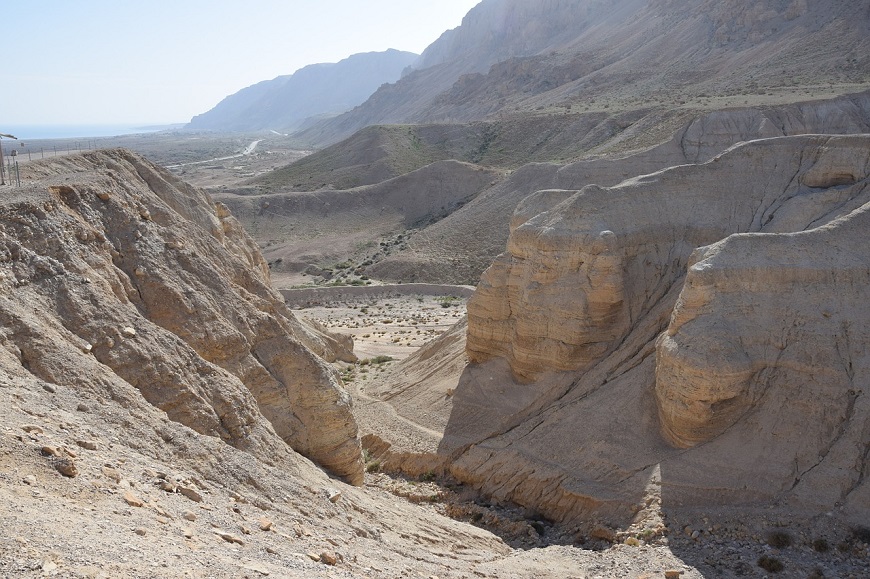The Jordan Valley and the Judean Desert
Where: Sartaba, the desert monasteries, Nahal Prat, Qasr al-Yahud, Kokhav HaYarden (the Jordan Star), Qumran, Beit She'an.
Duration: 1 days
What to bring:Hat, high-topped shoes, sandals, 2 liters of water per person
Language: The tour is originally in English.
Besides being part of the Syrian-African rift, the Jordan Valley has served throughout history as an initial line of defense against invasions from the east to the central mountain range. In fact, then as now, the Jordan Valley still serves as a natural defense line for the State of Israel.
During the First and Second Temple periods, and afterwards, observation and defense posts were set up, and especially large fortresses were built facing the critical crossing points from Jordan. The Jordan River flows along the middle of the Jordan Valley, and near it are a number of arable areas. The weather in the Jordan Valley is difficult most days of the year, the average temperature is about 35 degrees, in winter the weather is more pleasant.
The Judean Desert has always been a magnet for individuals and groups who seek closeness to God, while being close to Jerusalem and the site of the Temple. The effect of staying in the desert, on a starry night, affects the consciousness of an individual, and their sense of closeness to God. In the desert, one feels more pure, quiet, far from "the city's harm." Here, too, the Christian Monasticism began, among ideological people who found closeness to God in the desert. We will visit these places and talk about those initial figures, the first Christian monks.
Activities
We will visit Sartaba, the desert monasteries, Nahal Prat, Qasr al-Yahud, Kokhav HaYarden (the Jordan Star), Qumran, Beit She'an, and the footprint site. We will also talk about Jewish settlement in the Jordan Valley, the "Alon Plan", the Jordan crossings, the policy of the State of Israel in the Oslo Accords, and more.






